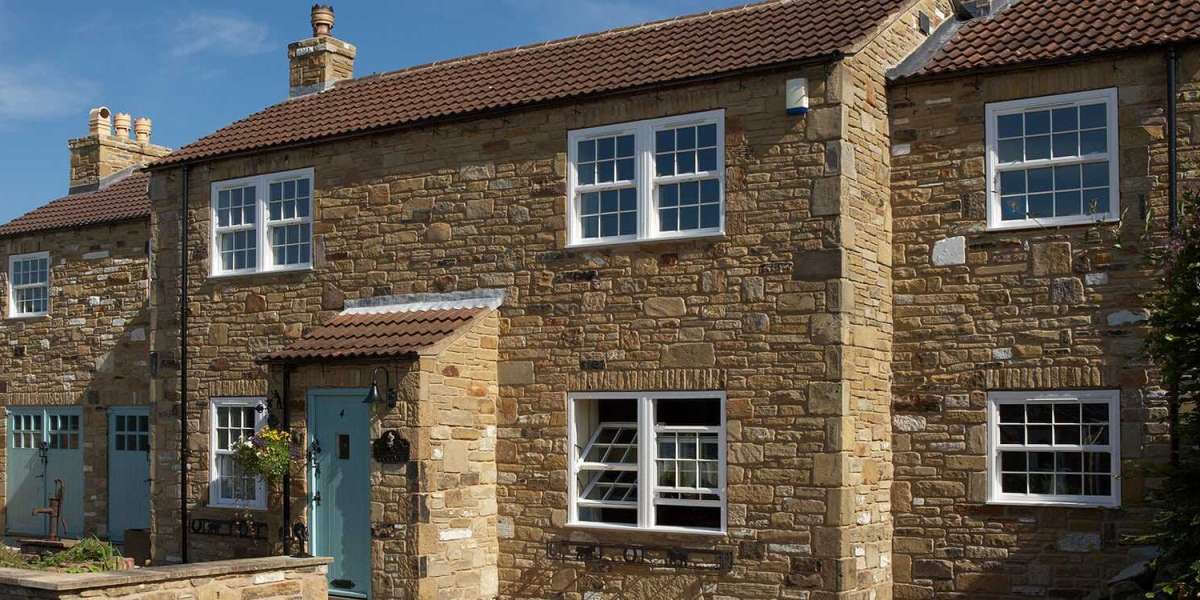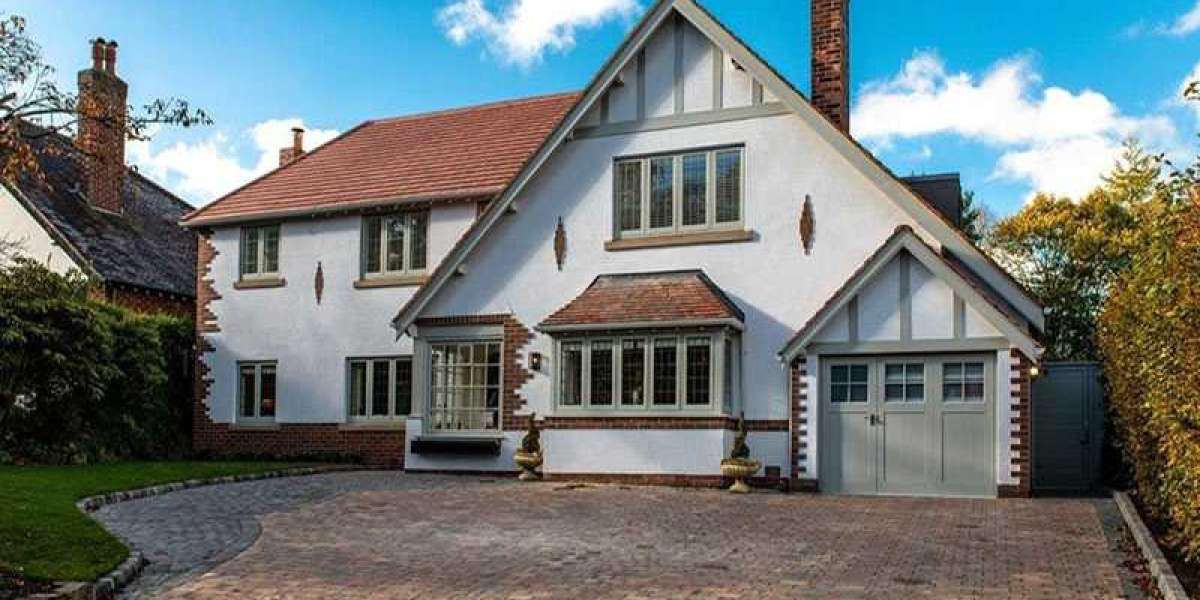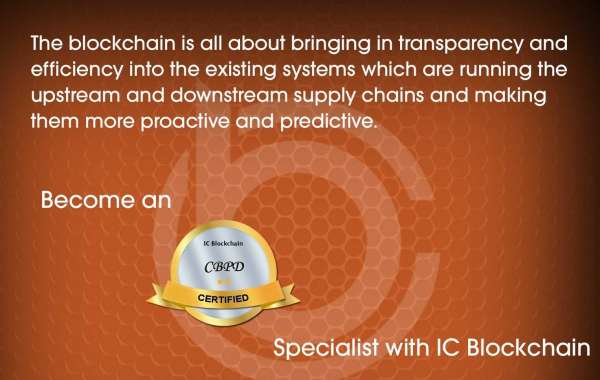In recent years, the construction and renovation sectors have seen a significant shift towards the use of UPVC (Unplasticized Polyvinyl Chloride) windows. This material has gained immense popularity due to its numerous advantages over traditional window materials such as wood and aluminum. UPVC windows are not only aesthetically appealing but also offer a variety of functional benefits that make them an ideal choice for modern architecture. This article explores the benefits and considerations of UPVC windows, providing insights into their features, advantages, and potential drawbacks.

Understanding UPVC Windows
UPVC is a rigid form of polyvinyl chloride that is used extensively in the construction industry, particularly for windows and doors. Unlike regular PVC, which can be flexible and is often used in plumbing and electrical applications, UPVC is specifically designed to be durable and weather-resistant. The manufacturing process involves the addition of stabilizers and modifiers to enhance its performance, making it an excellent choice for window frames.
Advantages of UPVC Windows
- Energy Efficiency: One of the most significant benefits of UPVC windows is their energy efficiency. They are designed with multi-chambered profiles that trap air, providing excellent insulation. This feature helps to reduce heat loss during winter and keeps interiors cooler during summer, leading to lower energy bills and a reduced carbon footprint.
- Low Maintenance: UPVC windows require minimal maintenance compared to wood or aluminum frames. They do not need to be painted or stained, and a simple wipe-down with soapy water is usually sufficient to keep them looking new. This low maintenance requirement is particularly appealing to homeowners and property managers alike.
- Durability: UPVC is highly resistant to weathering, corrosion, and fading, ensuring that windows maintain their appearance and functionality over time. Unlike wood, UPVC does not warp, crack, or swell, making it a long-lasting option for any building.
- Sound Insulation: UPVC windows provide excellent sound insulation due to their density and the multi-chambered design. This feature is especially beneficial for homes located in noisy urban areas, as it helps to create a quieter indoor environment.
- Security: UPVC windows can be fitted with advanced locking mechanisms that enhance security. The robust nature of the material itself adds an extra layer of protection against break-ins, making UPVC windows a safe choice for residential and commercial properties.
- Environmental Impact: UPVC is a recyclable material, and many manufacturers produce windows with a focus on sustainability. Choosing UPVC windows can contribute to environmentally friendly building practices, https://tradewindowsandsupplies.co.uk/trusted-supplier-for-high-quality-windows-and-doors-in-hertfordshire/ as they can be recycled at the end of their life cycle.
- Aesthetic Versatility: UPVC windows are available in a wide range of styles, colors, and finishes, allowing homeowners to choose options that complement their architectural design. From traditional sash windows to contemporary casement styles, UPVC can suit various preferences.
Considerations When Choosing UPVC Windows
While UPVC windows offer many advantages, there are also some considerations to keep in mind before making a decision.
- Initial Cost: Although UPVC windows can save money in the long run due to their energy efficiency and low maintenance, the initial purchase price may be higher than that of some traditional materials. Homeowners should weigh this upfront cost against the long-term savings.
- Aesthetic Limitations: While UPVC windows come in various styles and colors, some homeowners may find that they do not offer the same level of customization as wood windows. For those seeking a unique or highly customized look, UPVC may not be the ideal choice.
- Thermal Expansion: UPVC can expand and contract with temperature changes, which may lead to issues with sealing over time if not properly installed. It is crucial to ensure that UPVC windows are fitted by experienced professionals to avoid potential problems.
- Non-Biodegradable: While UPVC is recyclable, it is not biodegradable. This means that, unlike wood, it will not decompose naturally. Homeowners should consider the end-of-life disposal options when selecting materials for their buildings.
- Color Fading: Although UPVC windows are resistant to fading, prolonged exposure to direct sunlight can lead to some discoloration over time. Choosing high-quality products from reputable manufacturers can help mitigate this issue.
Conclusion
UPVC windows represent a modern, efficient, and attractive solution for both new constructions and renovations. Their energy efficiency, low maintenance, durability, and security features make them a compelling choice for homeowners and architects alike. However, it is essential to consider factors such as initial costs, aesthetic preferences, and potential limitations when deciding on the best window material for a specific project.
As the demand for sustainable building practices continues to grow, UPVC windows are likely to remain a popular option in the architectural landscape. With advancements in technology and manufacturing processes, the future of UPVC windows looks promising, ensuring that they will continue to meet the needs of modern living while providing a balance between functionality and style. By understanding the benefits and considerations of UPVC windows, homeowners can make informed decisions that enhance their living spaces and contribute to a more sustainable future.







